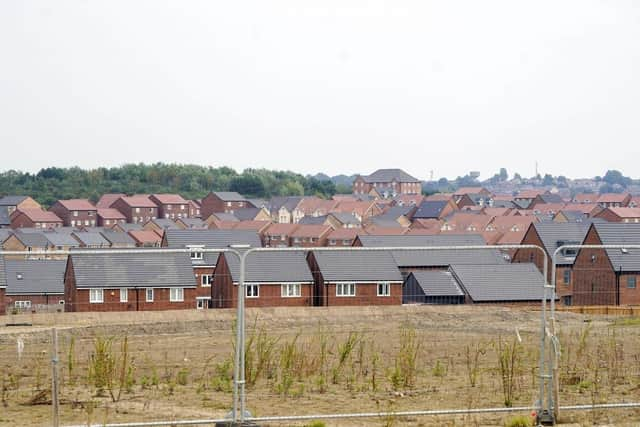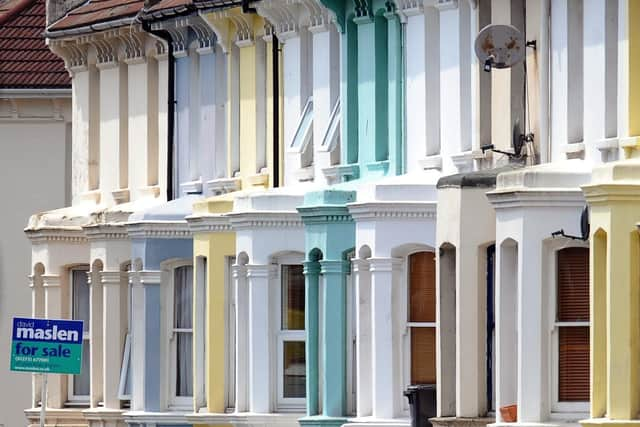Rise in empty homes in Wakefield
and live on Freeview channel 276
Think tank the Institute for Public Policy Research said home shortages have increased rents and made home ownership unattainable.
It urged the building of more houses to "ensure everyone has access to a secure, warm and affordable home".
Advertisement
Hide AdAdvertisement
Hide AdCensus figures from the Office for National Statistics show 8,030 of 161,075 total dwellings in Wakefield were unoccupied on census day in March 2021.


It meant 5 per cent of the 161,075 total properties in the area were empty – up from 4.1 per cent in 2011, when the last census was undertaken.
In England, the proportion of unoccupied dwellings has soared during the last decade, with 1.5 million (6.1 per cent) empty homes littered across the country – up from 4.2 per cent in 2011.
The census took place during the coronavirus pandemic, and the ONS expressed caution that some unoccupied dwelling figures may be inflated due to people living with parents, overseas residents returning home, and other lockdown-related restrictions such as travel.
Advertisement
Hide AdAdvertisement
Hide AdLuke Murphy, associate director for energy, climate, housing and infrastructure at IPPR, said: "The shortage of homes is putting pressure on rents and pushing home ownership out of reach for many, so it's concerning that the number of unoccupied homes rose in England and Wales over the past decade.


"Because the census took place during the pandemic, that may have contributed to the increase, but the rise means the Government should look again at policies to curb or control holiday homes, short-term lets, and empty homes.
"However, we mustn't pretend this will solve the housing crisis. We must build millions more homes, including affordable housing, if we're to ensure everyone has access to a secure, warm, and
affordable home."
The proportion of empty homes varied across the country – London had the most unoccupied dwellings at 8 per cent, while the West Midlands (4.8 per cent) had the lowest.
Advertisement
Hide AdAdvertisement
Hide AdLondon also saw the largest rise over the last decade, up from just 3.5 per cent in 2011.
In Yorkshire and The Humber 149,255 of 2,477,945 total houses (6 per cent) were empty.
Polly Neate, chief executive of housing and homelessness charity Shelter, said filling every empty property would not solve the shortage of affordable homes.
"If we can fill empty homes we should, but wewill never solve the housing emergency without building a new generation of good quality social homes that local people can afford to live in," Ms Neate added.
Advertisement
Hide AdAdvertisement
Hide AdA spokesperson for the Department for Levelling Up, Housing and Communities said local councils should be using existing powers to convert empty properties into homes.
They added: “They can increase council tax by up to 300 per cent on long-term empty properties, take over empty homes by Compulsory Purchase Orders and Empty Dwelling Management Orders, and convert commercial buildings to residential without the need for a full planning application.
“We have delivered over 2.2 million homes since 2010 and reduced the number of long-term empty homes by more than 30,000 over the same period. We are investing £11.5bn to deliver tens of thousands more affordable homes across the country.”